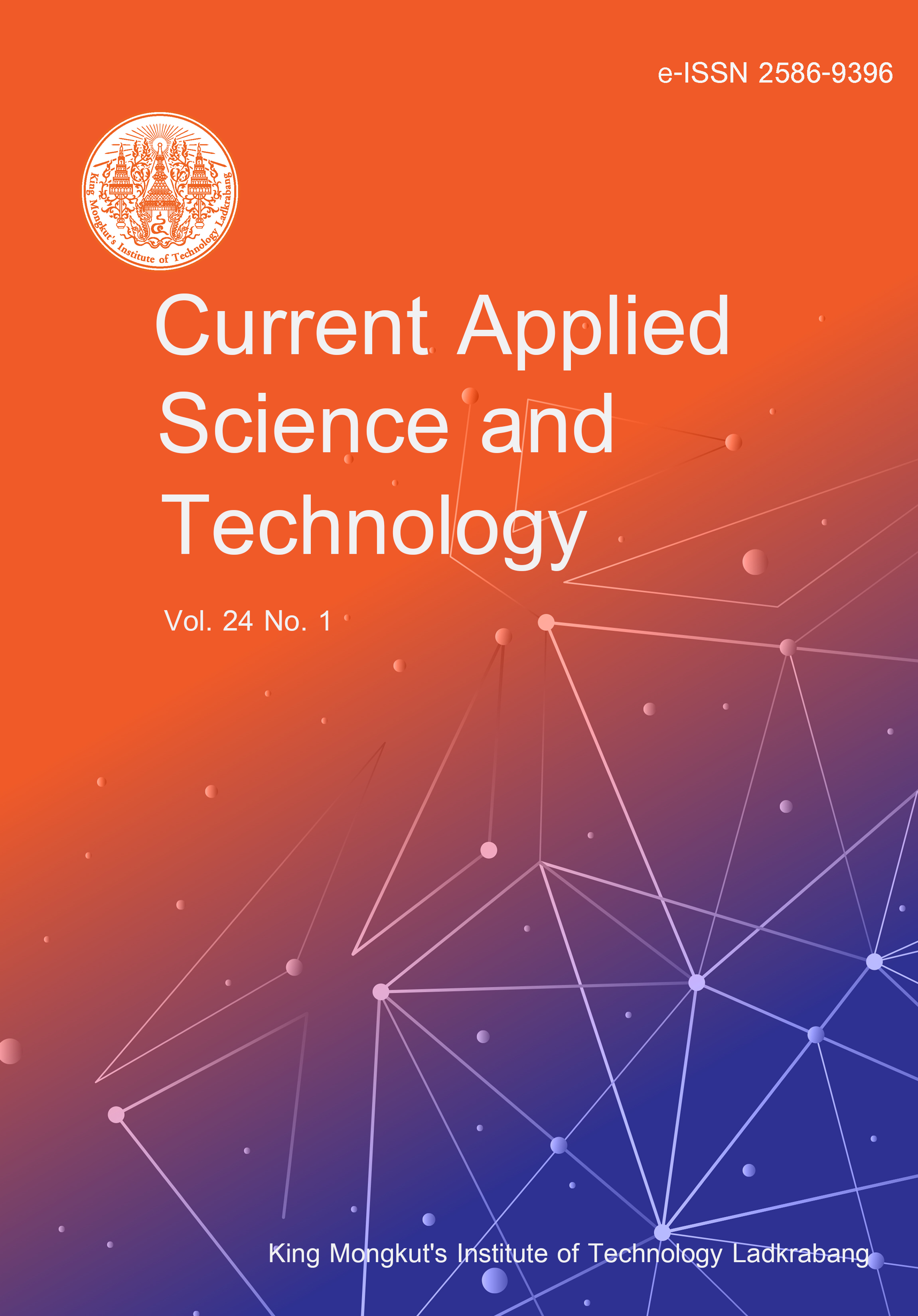Dyeing industries, including textiles, dyestuffs, printing, leather, and plastics industries have significantly contributed to water pollution by releasing untreated wastewater tainted with dyes into our water bodies. Discharging such wastewater can severely impact both humans and the ecosystem; therefore, treatment is essential before its release. Adsorption, one of the most effective methods for removing various colors from a water system, has gained significant attention due to its simplicity, ease of operation, simple designs, and cost-effectiveness. Agricultural biomass has emerged as a promising adsorbent for removing dyes from wastewater due to its advantages, such as sustainability, cost-effectiveness, accessibility, and environmental friendliness. This article examines various reports on different agricultural biomass adsorbent removal efficiency and adsorptive capacity. The challenges associated with the use of agricultural-based adsorbents and the prospects for future research in this area are also discussed. The findings of this review provide essential insights into the potential of agricultural biomass adsorbents to address the issue of dye-contaminated wastewater, and their role in sustainable development.
Mabayo, V. I. ., & Orale, R. . (2023). Agricultural-based Biomass as an Efficient Adsorbent in the Removal of Dyes in Dye-contaminated Wastewater: A Mini Review. CURRENT APPLIED SCIENCE AND TECHNOLOGY, e0257011. https://doi.org/10.55003/cast.2023.257011

